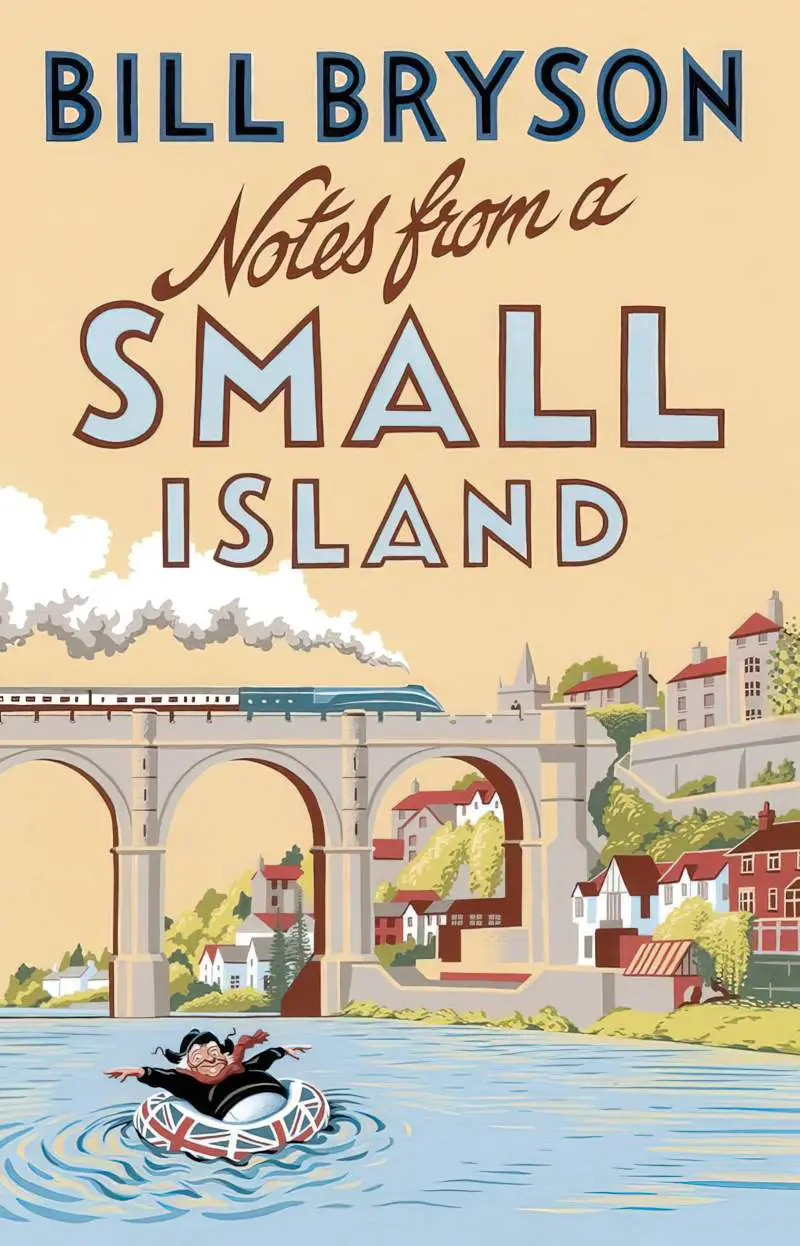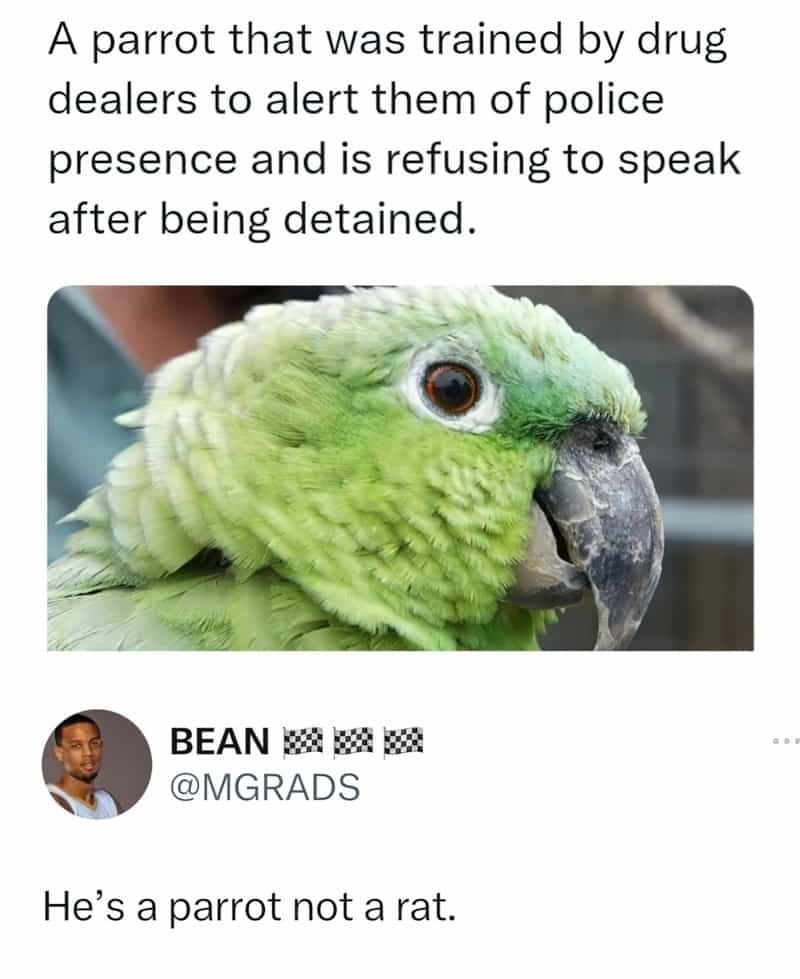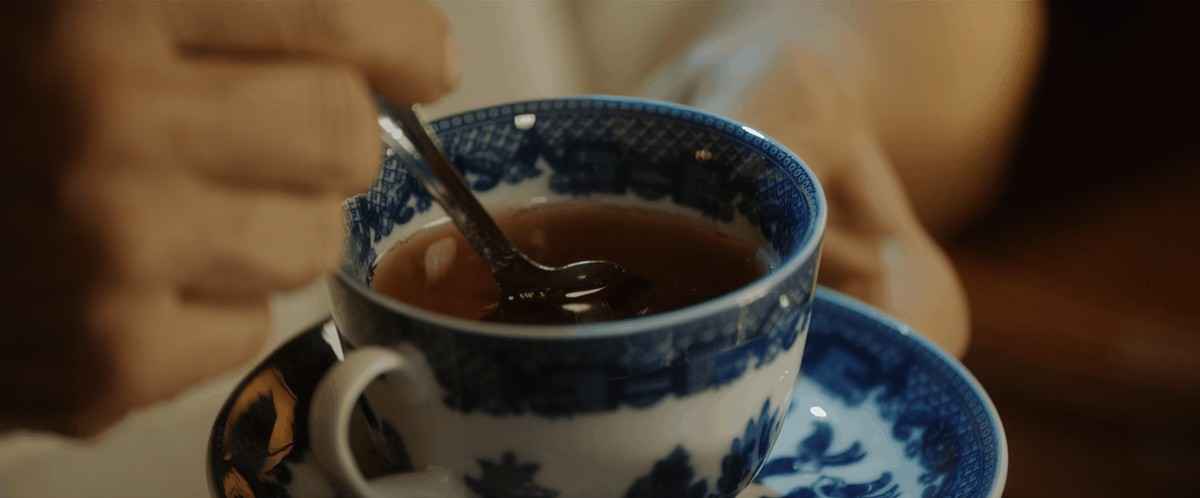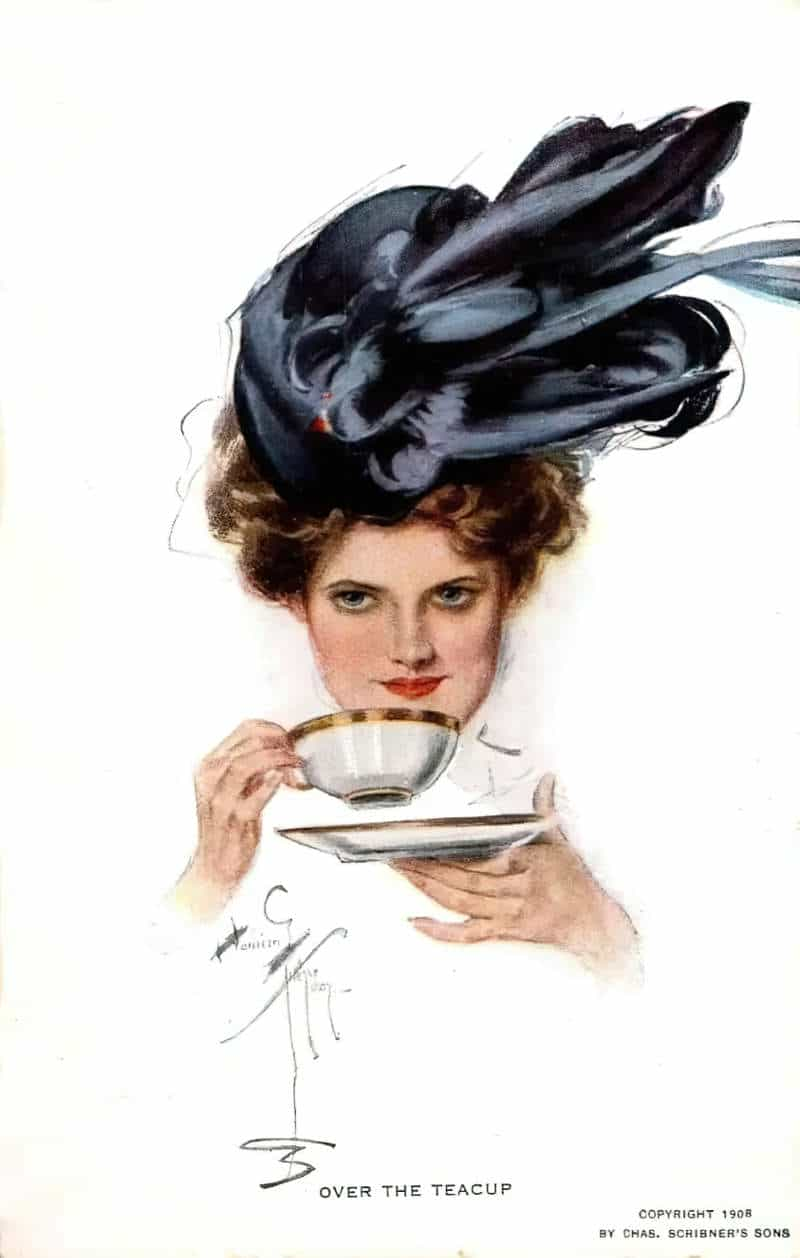Have you ever arrived alone in a new town at dusk, faced with the task of finding a safe and affordable place to spend the night? If so, did you manage this without the use of a smartphone, the Internet and Google reviews? One of my favourite narratives about this experience is by Bill Bryson, who describes his 1973 experience of arriving in England for the first time as a young man in the opening to Notes From A Small Island:
My first sight of England was on a foggy March night in 1973 when I arrived on the midnight ferry from Calais. For twenty minutes, the terminal area was aswarm with activity as cars and lorries poured forth, customs people did their duties, and everyone made for the London road. Then abruptly all was silence and I wandered through sleeping, low-lit streets threaded with fog, just like in a Bulldog Drummond movie. It was rather wonderful having an English town all to myself.
opening paragraph to Notes From A Small Island by Bill Bryson
As you might gather from Bryson’s use of ‘aswarm’, Bryson’s travel memoir are very funny. The first 48 pages of available to read for free online. I recommend checking it out as a comedic example of what Roald Dahl was doing in “The Landlady”.

“THE LANDLADY” COMPARED TO A CLASSIC GHOST STORY
What was Roald Dahl doing in “The Landlady”?
Dahl’s short story about a young man seeking digs for the night was first published in the 28 November edition of The New Yorker, and later collected in the Kiss Kiss anthology (1960).
Originally, he meant to write a ghost story. Dahl was indeed gifted in the art of the tall story, and especially good at twists in the tale. (Sometimes he ‘borrowed’ the twists from other writers.) But Roald Dahl never did get his head around the gold old English ghost story. Dahl himself understood his own limitations and “The Landlady” is as close as he got to a ghost story. But then he decided to keep it real and rewrote the ending. The landlady is a serial killer now, reminiscent of Buffalo Bill.
But as he sat down to write, I feel Dahl was influenced by classic ghosts stories such as “A Case of Eavesdropping“, authored by prolific English master of ghost stories, Algernon Blackwood (1869 – 1951).
In Blackwood’s ghost story, a middle-aged man who has so far in life always made a mess of things talks his way into a job as a reporter at a daily journals. Jim Shorthouse is in fact from a wealthy family and expensively educated but his father has cut off his funds because Jim is such a disappointment.
Knowing he must look the part of a working man, Jim has worn a cheap and tatty suit for the interview. He gets the job. Now it is the late afternoon and he must find new digs in the city.
Roald Dahl’s Billy Weaver in “The Landlady” is genuinely working-class and just 17-years-old, but in both stories the men are new in town, freshly employed, in need of a bed for the night. Both men encounter a house with a creepy landlady. Both enter anyway, because how creepy can a lady be?
WHERE TO LISTEN
You may be able to unearth the BBC dramatization of this short story somewhere e.g. on YouTube. “The Landlady” was broadcast April 2011.
DISCUSSION QUESTIONS FOR “THE LANDLADY” BY ROALD DAHL
- Where in England is the city of Bath? Can you locate it on a map?
- In “The Landlady”, Dahl utilises various tropes from ghost stories and classic horror. What is a trope, and which tropes can you identity?
- What is the creepiest place you’ve ever had to stay overnight? What made it creepy?
- How did Billy convince himself that this house was not creepy at all?
- Did you realise before Billy did that he wouldn’t be getting out of there? Where else in storytelling have you seen the ‘inn of no return’? Can you think of a famous classic song all about that?
- The landlady has a bad memory. What does this indicate in terms of the story?
- The landlady is an unsettling combination of Evil Woman archetypes. Can you say more about this?
- The laced tea tastes like bitter almonds, a common trope in stories. This suggests the landlady has laced his tea with something in particular. What is that thing?
- Do you think this story would work if both genders were inverted, so that a 17-year-old young woman alone would enter the house of a bed-and-breakfast with a dodgy man? Why or why not?
- Overall, do you think “The Landlady” is a satisfying narrative? How might it have ended if Dahl had kept writing it as a ghost story?
WHAT HAPPENS IN “THE LANDLADY” BY ROALD DAHL
A young man means to stay overnight at a lodging in Bath. But the lodging is run by an evil landlady who drugs him with a cuppa and keeps him forever, just like she drugged the previous two young men who never left.
"Up ahead in the distance
I saw a shimmering light
My head grew heavy and my sight grew dim
I had to stop for the night
There she stood in the doorway
I heard the mission bell
And I was thinkin' to myself
'This could be heaven or this could be hell'
— The Eagles, “Hotel California”
This short story utilizes the following tropes:
- Inn Between the Worlds: A space between different worlds but part of none. Often a hotel.
- Inn of No Return: A hotel that kills its customers.
- Taxidermy Is Creepy: A character visits a new place, sees stuffed, dead animals and is creeped out.
- Creepy Souvenir: a character keeps a morbid item as a trophy.
- The Anticipator: “I’ve been expecting you.”
Others at TV Tropes have listed all of these Tropes for “The Landlady”.
See also: Creepiness In Art And Storytelling, in which I investigate how storytellers make their narrative as creepy as possible.
STORY STRUCTURE OF “THE LANDLADY”
SHORTCOMING
A 17-year-old man named Billy Weaver arrives in the city of Bath, England. He is due to start a new job.
Billy is trying to use facts to make his decision about where to spend the night when he should be using his gut instinct. For example, he notices there are two names in the guest book before him, and the entries seem dated. Billy feels he has heard the names of the young men before but can’t place them. Readers will work out that he knows these boys because he’s read about them in the paper.
Of course, readers are at an advantage because Billy Weaver doesn’t know he’s a character in a story, whereas we’re expecting the worst for him. Roald Dahl puts audiences in ‘audience superior position’. This has the effect of increasing the tension.
In any case, Billy keeps noticing things and we keep thinking, Run, Billy! But he is too slow to put two and two together.
Like, when he notices a parrot in the living room, along with a preserved dachshund and a photograph of the two previous guests, everything seems ‘strangely still’. He doesn’t know a taxidermied parrot when it’s right there in front of him. (He’s clearly never met a parrot.)

“THE LANDLADY” COMPARED TO PSYCHO
Hitchcock’s Psycho (which came out around the same time as “The Landlady”), also makes use of the creepy stuffed animals to alert Marion Crane to the reality of her dodgy digs. Unlike Billy, Marion Crane is at least on high alert. This is possibly due to her gender.
Despite not thinking well of women, and generally treating them very badly, Alfred Hitchcock at least seemed to understand that Marion Crane would not be walking about all smiling and laidback. Every man Marion encounters is creepy, and this comes across in the film. Woman audiences were able to relate to Marion more than to typical heroines of the era, who blundered into dangerous situations without a second thought. She is killed off brutally, but Marion’s experience more accurately portrays what it’s like to be out in the world as a woman alone, especially a young, attractive blonde woman alone. By the time she got to the Bates Motel the weather had turned bad and she had little choice but to take her chances and stay the night.
In contrast, Billy is just 17-years-old, is leaving home for the first time. He is feeling important in his man-hat and his new blue coat. It helps that he hasn’t just made off with the equivalent of $USD40k, and it also hopes that he is a man. Men simply do not fear women in the way that women fear men.
That’s pretty easy. Novelist Margaret Atwood writes that when she asked a male friend why men feel threatened by women, he answered, “They are afraid women will laugh at them.” When she asked a group of women why they feel threatened by men, they said, “We’re afraid of being killed.”
A Woman’s Worst Nightmare
DESIRE
Billy just wants a safe, cosy place to stay. When he looks through the window he thinks he sees a dog curled up asleep in front of the fire. A dog in front of the fire is the epitome of cosy, right? He is using a heuristic to try and decide on the best place to stay. Of course, he doesn’t have access to the full information. If he’d known the dog was stuffed, he’d have moved along.
Being young and yet to get his first pay cheque, he also wants somewhere cheap. This bed-and-breakfast is super cheap. So cheap, in fact, it would seem the prices haven’t increased in decades.
OPPONENT
Mrs. Mary Maloney
Mary Maloney is not necessarily married. Landladies were known as ‘Mrs.’ because they were performing the job of a housewife, much as housekeepers in wealthy mansions were known by ‘Mrs.’
Billy is charmed by the house and Mrs. Maloney’s hospitality. Mrs. Maloney is a bit of a femme fatale witch archetype. Roald Dahl wrote this near the end of The Golden Age of film noir. (The Vietnam War marked the end of the American public’s interest in noir, which of course influenced what was exported to the rest of the world.) Mary Maloney’s ‘red fingernails’ are something we’d expect of a femme fatale, one of the Evil Woman character archetypes which has a long history — think of witches who seem young one moment, ancient the next. Hapless men are drawn to these alluring women against their will. At the last minute, the attractive young women are revealed to be hags.
Although Dahl ended up giving us a crime story, there’s still something of the supernatural in this tale, as it would appear Mary Maloney has been living in this house for centuries already, and has completely lost track of time.
Her memory is failing, partly because time fades all memories, partly because the names of her victims are not important to her. She sees the boys as prey, not as individuals.
PLAN
Once Billy is entrapped in her lair, Mrs. Maloney drives the plot. She offers Billy tea laced with cyanide.
How do we know this? Billy smells bitter almonds. This trope is commonly used in stories and I’m sure far more people know that cyanide smells like bitter almonds than know what bitter almonds actually smell like. (I’m sure I don’t know; I only know the smell of regular almonds.)


THE BIG STRUGGLE
Mrs. Maloney insists that Billy sign the guest book and offers him a cup of tea. The tea tastes strange, and Billy starts to feel drowsy.
Billy begins to lose consciousness, and works out too late that he’s been poisoned and that he’s about to get skinned and mounted.
ANAGNORISIS
The audience realises, if we hadn’t already, that Mrs Maloney is a female Buffalo Bill.
If there’s a message in this story it is: Trust your gut instinct. Billy noticed various red flags and wasn’t quick enough to put things together. We can’t help this aspect of our brains. Sometimes we feel something before we know it.
Roald Dahl includes animals in this story. Although humans will always defeat other animals due to our genetic advantages, I think there’s a subtle reason why Dahl encourages us to think about animals: Animals always rely on their instinct. Human animals should regain this skill, because in the face of evil human opponents, it might just save our lives:
Only human beings can look directly at something, have all the information they need to make an accurate prediction, perhaps even momentarily make the accurate prediction, and then say that it isn’t so.
Gavin de Becker, The Gift of Fear: Survival Signals That Protect Us from Violence
NEW SITUATION
Billy will remain in the house, like the previous guests, forever. Mrs. Maloney adds his name to the guest book, sealing his fate.
EXTRAPOLATED ENDING
If Bath police have not yet located the whereabouts of those other two murdered boys, they’re unlikely to locate the whereabouts of skinned Billy, either. Suspended in time, this evil woman will eventually kill again when another beautiful young man happens to knock on her door.
See also: Police Archetypes in Storytelling
COMPARE AND CONTRAST
Last Night in Soho is a 2021 example of psychological horror film featuring a landlady, directed by Edgar Wright and co-written by Wright and Krysty Wilson-Cairns.
“The Canary” by Katherine Mansfield is a first-person narrative written by a landlady who feels she is getting old. She, too, looks after young men in her house.
There’s a parrot in Dahl’s short story — you can probably guess which caged bird features in Mansfield’s. (Were English landladies of the early 20th century known for their birds?)
The tone and genre of these two stories is very different, but honestly, after reading “The Landlady”, Mansfield’s story feels more ominous than before.
Readers may also enjoy “The Haunted Hotel” by Wilkie Collins.
